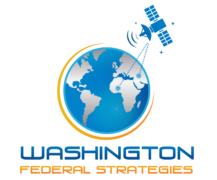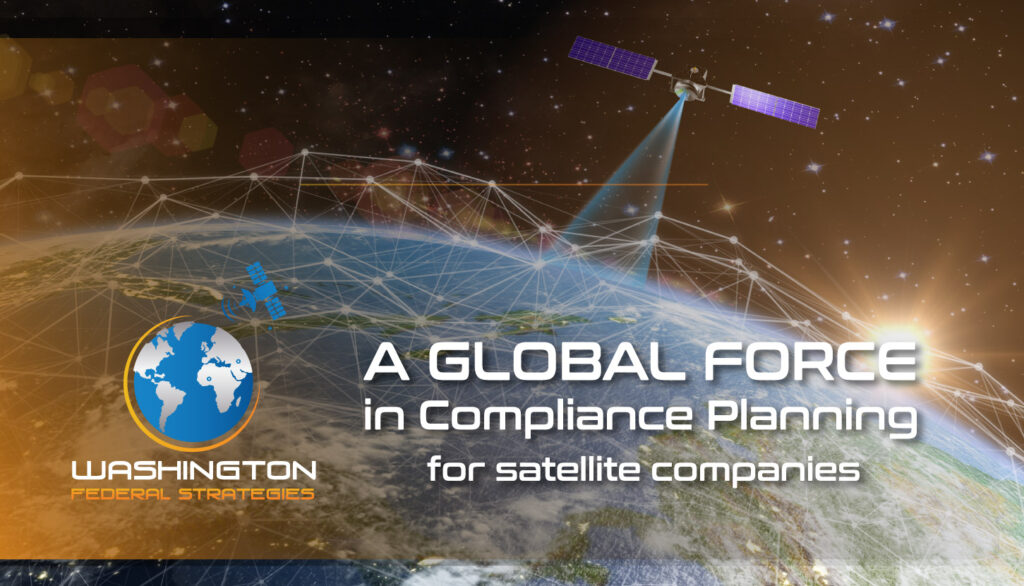In Part 1 of this blog series, we outlined the foundational steps for building a regulatory compliance plan for U.S. space operations: tracking critical deadlines, understanding and adhering to license conditions, and monitoring regulatory updates. Those four steps are essential—but they’re just the beginning. To operate safely, legally, and efficiently in today’s complex space environment, compliance plans must go beyond the basics.
Here in Part 2, we explore five additional pillars of a comprehensive compliance strategy—areas that are increasingly critical but often overlooked until they create serious risk.
5. Address Cybersecurity and Supply Chain Risks
With satellites now considered critical infrastructure and increasing concerns about cyber threats to space assets, cybersecurity is a top priority for regulators and defense stakeholders. The DOD, FCC, and even the White House have called for stronger protections across the space sector.
Operators must implement end-to-end security measures for both ground and space segments, including:
- Encryption of TT&C links and mission data
- Multi-factor authentication for system access
- Secure software development life cycles
- Vetting of suppliers and subcontractors for cybersecurity compliance
Consider adopting frameworks such as NIST SP 800-53 or CMMC to align with government expectations and future procurement eligibility.
6. Ensure Export Control Compliance
Many space technologies and data are subject to ITAR or EAR restrictions, enforced by the Department of State and Department of Commerce. Export control compliance requires early planning, as violations can lead to severe penalties and loss of market access.
Operators should:
- Classify systems and components accurately under U.S. Munitions List or Commerce Control List categories
- Obtain export licenses for hardware, software, or data transfers
- Maintain auditable records of all controlled exports and international collaborations
Export compliance should be treated as a parallel track to program development—not an afterthought.
7. Meet Environmental and Debris Mitigation Standards
Both the FCC and NASA require orbital debris mitigation plans as a condition of licensing. Best practices include:
- Designing satellites for controlled reentry or graveyard relocation
- Implementing passivation measures at end-of-life
- Using propulsion or active debris removal systems where needed
Operators should also coordinate with U.S. Space Command or similar entities to avoid collisions and contribute to space traffic management.
8. Conduct Regular Training and Internal Audits
Compliance isn’t static—it evolves with the regulatory environment and your operational profile. Establish internal processes for:
- Ongoing training on regulatory obligations for relevant staff
- Periodic self-audits to verify compliance with all active licenses and filings
- Early detection of issues to prevent escalation into violations
An agile, and proactive compliance program is a resilient one.
Looking Ahead
While Part 1 No License, No Launch: How to Build a Bulletproof Regulatory Compliance Plan addressed how to get compliant, Part 2 shows what’s required to stay compliant. These advanced components—cybersecurity, export controls, insurance, debris mitigation, and internal audits—are what elevate a good compliance plan into an enterprise-grade one.
And remember, you don’t have to do it alone. Hiring a regulatory compliance advisor with deep agency insight and technical fluency can save you time, reduce risk, and keep your mission on track amid constantly changing requirements.
If you’re serious about success in space, let us help make compliance planning part of your launch architecture from day one! The time and money saved will be well worth the effort of having a trusted advisor helping you navigate the hoops.

